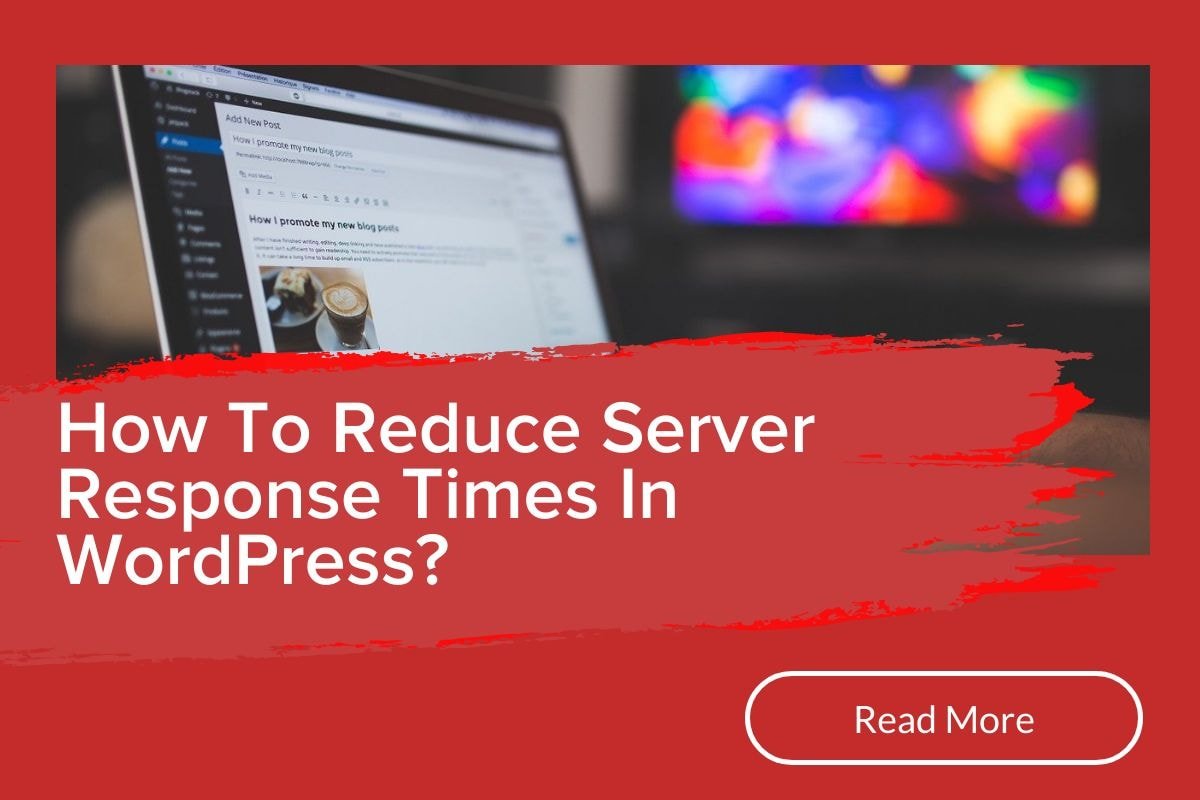When executing a website speed test, do you get the “Reduce Response Time” message? Your WordPress site plays a vital role in its User Experience (UX) and Search Engine Optimization (SEO). If your web pages have a slow page load time, it can affect your rankings, increasing your conversion rates.
The best way to improve server response times on your WordPress site is to emphasize reducing Time to First Byte (TTFB). It can help you ensure that your site loads in visitors’ browsers quickly, making it less likely to abandon it. Hence, in this post, we’ll discuss ways to reduce the server’s response times and boost the loading speed.
What is the server response time?
Server Response Time is the time taken between the request sent by the browser to the server and the first byte received by the browser.
Whenever a user clicks on a link, it sends a request to the server for the data. After receiving the request, the server instantly responds with the mentioned assets. Server Response Time is the time consumed between sending the request and receiving the HTML response document.
According to the reports, Google retains a server response time of under 200 ms. The response time of a server is measured with what is known as the time to first byte (TTFB). If it is more than this, the longer it will take to render the HTML, and more time will be consumed in loading all the relevant resources of the page.
Why Reduce Server Response Time?
Whatever speed test plugin you use, Pingdom, GTmetrix, or any other Pingdom speed test, The user will be alerted by the reduced server response time if the page load speed is slow.

The major reasons for reducing the server response time are as follows:
- Proper SEO for improved website ranking
- Better load time for improving UX.
- Improved trust factor among visitors.
Let’s start talking about how to make your WordPress sites’ server response times faster:
1. Faster & Improved Web Hosting
Significantly, quality-oriented WordPress hosting can solve multiple speed-related issues. So, it would be best if you always preferred to get a quality WordPress hosting provider. Fast web hosting means
- The server comprises high-quality hardware.
- Ensures that your WordPress site is properly optimized.
- Usage of the latest technology and advanced infrastructure.
- SSD storage is supported with NVMe.
- Integrated Resources for the client
- Uptime monitoring to ensure that hosting is always done properly.
2. Compressing, Minifying, and Optimizing the Scripts
Whenever you’re writing code and scripts, the developers leave a lot of white space, comments, and formatting that aren’t required to execute the system.
The spacing dimensions make the file heavy and increase its size. To reduce the size of the file, one has to minify it. The unnecessary characters are deleted in the minification process, whereas the code executes accurately.
Unoptimized HTML:

Optimized HTML:

The minification of HTML, CSS, and JavaScript can reduce the file size by up to 50%, and sometimes it goes even more. Furthermore, you should check if the hosting has enabled Gzip compression. Gzip is a file format that significantly reduces the file’s size.
3. Optimizing your Web Server
The optimization of a web server is not something everyone can do correctly. Likewise, our team is professional in configuring servers and a properly optimized web server that reduces server response time.
Plus, you can either choose OpenLitespeed or Nginx. These two are very accessible web servers and cover a large area of the Internet.
4. It improves database consistency and performance
Instead of optimizing code and servers, it is also important to ensure that your database is properly optimized. The improved database performance consists of the following parameters:
- Conduct proper indexing of the database tables.
- It retrieves the relevant data and information.
- Use or avoid the temporary tables.
- Do not frequently use coding loops.
- It optimizes the database scheme.
The ones above can help you optimize the database consistency and performance metrics to a particular edge. Hence, in the beginning, the database is clear, consistent, and responds faster to requests. The rate of transmitting data will get faster, but when the data begins to increase, the tables are transformed into clutter. Later, the databases are stored with enormous content that takes a long time to search for critical information. Regularly cleaning the database is a recommendable approach to cover up such instances.
5. Use CDN
The Content Delivery Network (CDN) is a global network of network servers that can easily cache the site’s overall public assets. then insert the content from the closest available server
The overall distance between the server and the browser plays a vital role in loading WordPress sites. With the implementation of CDN, you can easily reduce the distance between the server and the user, and it even leads to fast loading on the site page.
Wrapping Up
Certainly, a server’s response time represents a critical performance metric. The user can reduce the server response time to attain your WordPress-enabled site’s quick loading speed and performance measures. So, the above ways show you how to reduce the server response time and page load speed effectively and efficiently.
